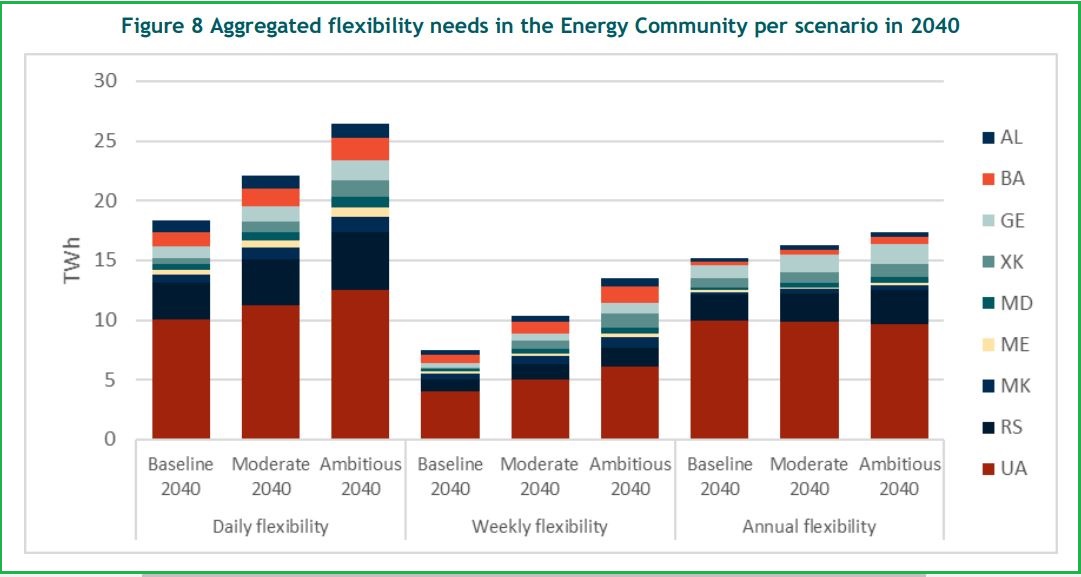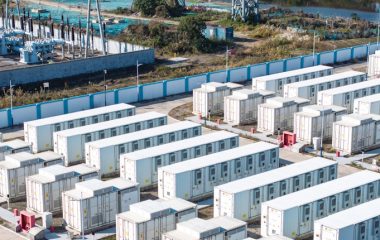
Photo: Didgeman from Pixabay
The power systems of the Energy Community contracting parties are capable of connecting 30 GW of variable renewable energy power plants by 2030 without additional investments in flexibility sources, according to its new study.
The Study on Flexibility Options to Support Decarbonization in the Energy Community has assessed the flexibility needs and options until 2030 and 2040 to balance each contracting party’s power system on different time scales (daily, weekly and annual). The evaluation is made under three different scenarios linked to the speed of renewables uptake and level of market integration.
The baseline scenario reflects a business-as-usual development, with relatively slow uptake of renewable energy sources of about 22 GW (9 GW wind, 13 GW solar). The moderate scenario is for 27 GW (12 GW wind, 15 GW solar), and the ambitious plan is for 33 GW (15 GW wind, 18 GW solar), according to the study prepared by consultancies Trinomics and Artelys.
Investments are needed in new flexibility solutions by 2040
The primary existing flexibility sources in contracting parties are coal power plants and cross-border interconnection capacities, with 30 GW and 20 GW, respectively, hydropower plants, with 12 GW, and gas-fired power plants, mostly present in Ukraine with 8 GW.
Any of the analysed scenarios do not need investments in additional flexibility capacities by 2030. However, the study finds that required investments are necessary for new flexibility solutions by 2040.
In the ambitious scenario, EUR 5.7 billion would be needed by 2040. Moreover, electric vehicles (EVs), through smart charging and vehicle-to-grid (V2G), can significantly contribute to flexibility, although investment costs in technologies enabling EV flexibility were not explicitly considered.
In the baseline scenario, investments are not needed to meet the flexibility needs in 2040.
Existing cross-border infrastructure and short-term electricity markets could lower investment needs

According to the Energy Community Secretariat, investments will be substantially lower if the existing cross-border infrastructure is better utilised and short-term electricity markets are operational and coupled with the European Union.
The study lists the policy and regulatory recommendations to minimise overall system costs.
Market integration will also allow the absorption of an additional 5 TWh per year of variable renewable production from the EU that would otherwise be curtailed.
The study lists the policy and regulatory recommendations to minimise overall system costs, including energy sector governance, electricity market design, renewable energy development and carbon pricing.
The Secretariat recalled that the contracting parties are recommended to define a flexibility strategy as part of their national energy and climate plans.
Energy Community Secretariat Director Arthur Lorkowski said the study showed nothing should stand in the way of more renewables. “Further electricity market integration is a clear way forward,” he added.


















Be the first one to comment on this article.